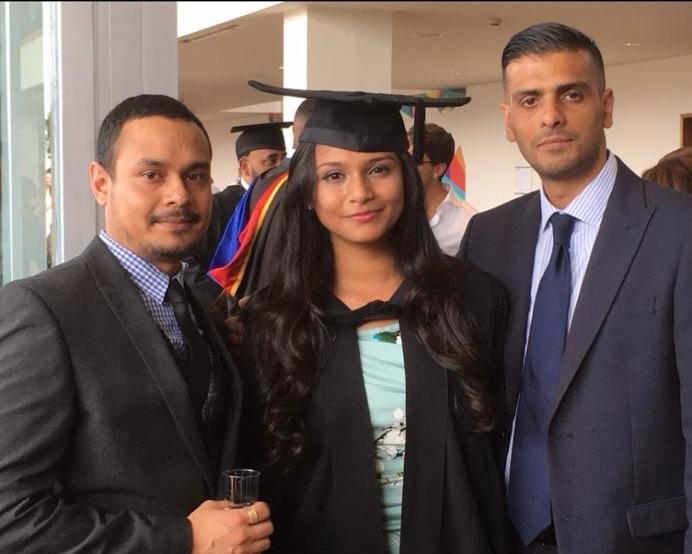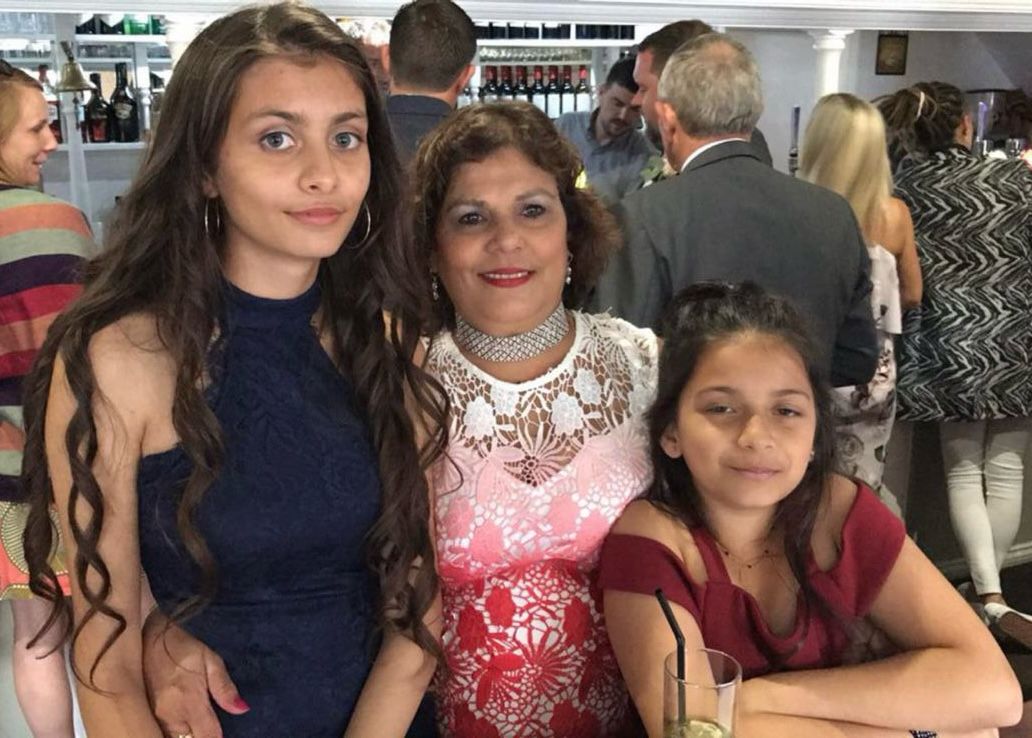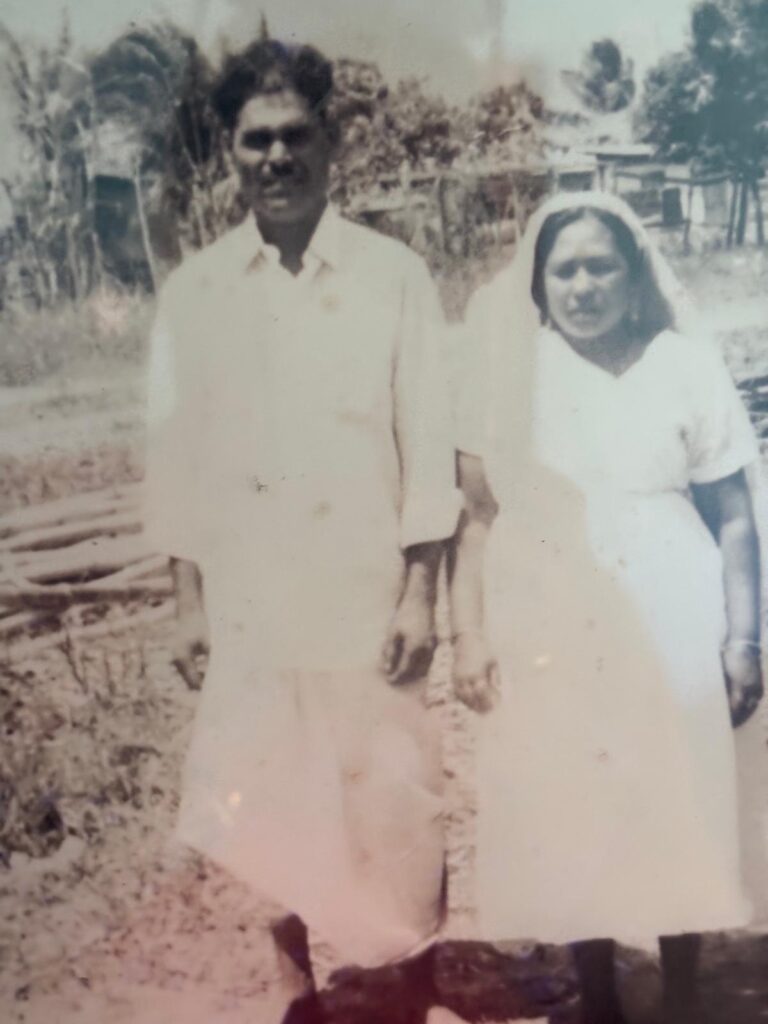
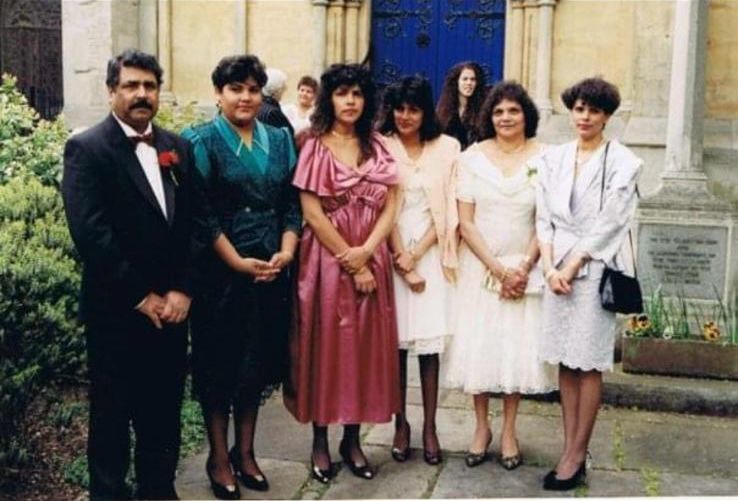
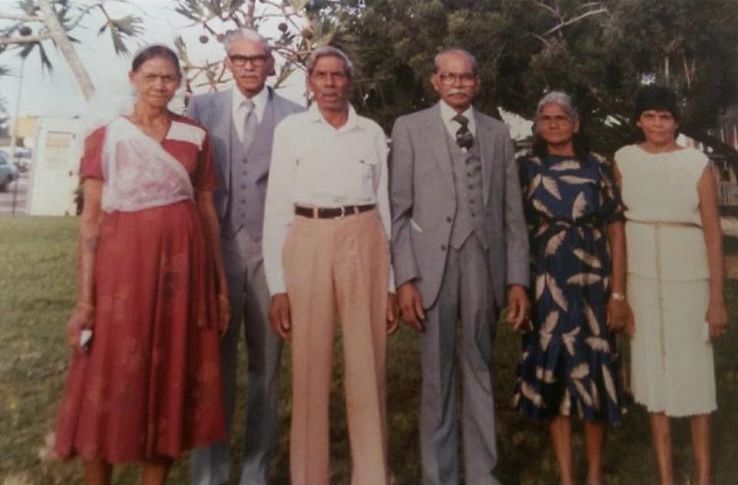
Between 1845 and 1917, a total of 147,592 Indians were registered in Trinidad through a system of Indentured labour. Predominantly hailing from the states of Uttar Pradesh, Bihar and tamil Nadu, though some came from various regions across the Indian subcontinent, including present-day Pakistan, Bangladesh, Nepal, Afghanistan, and Ceylon. Many of these individuals, typically in their late teens and early twenties, sought opportunities abroad due to the restlessness of youth, a spirit of adventure, and, significantly, the oppressive economic conditions under British rule in India.
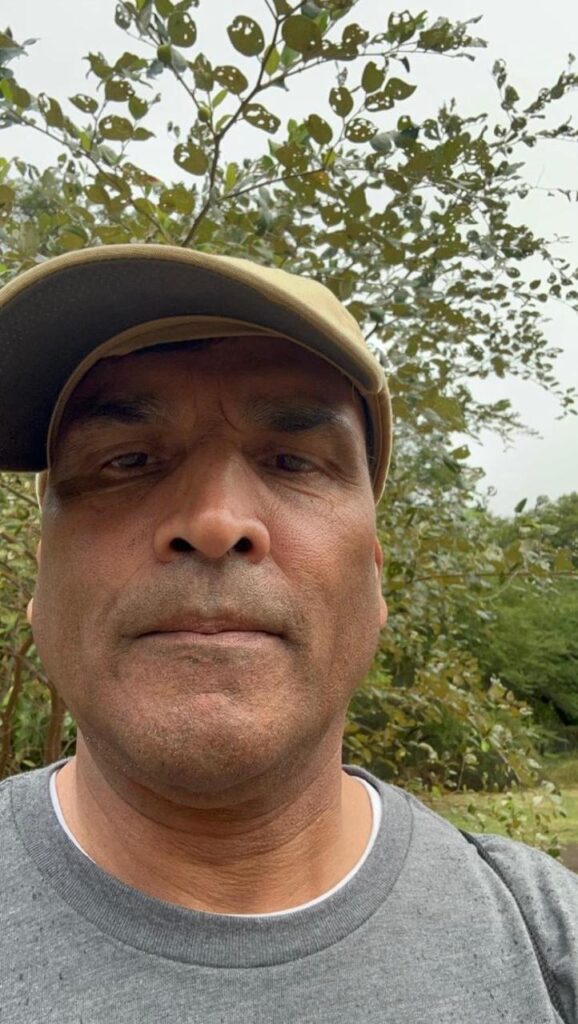
The heavy taxation imposed on Indian exports upon entering the British market had determental effects on the Indian economy. This resulted in the collapse of numerous industries, and the British-introduced zamindari system led to the loss of land for many farmers. The small plots left were insufficient for viable agriculture on an economic scale. Additionally, Indian farmers were compelled to produce crops for the England’s Industrial Revolution, leading to a decline in food crop production and contributing to widespread famines. The occurrence of plagues, known as “Hawan and Taiga” by some Indians, resulted in numerous deaths, prompting families and individuals to seek refuse by fleeing. Inheritance practices, favoring the eldest siblings, further propelled some younger individuals to seize opportunities abroad. The arkatiyas, or recruiters, cunningly misled vulnerable Indians, enticing them with promises of easy work and higher pay in Trinidad, contributing to the migration wave.
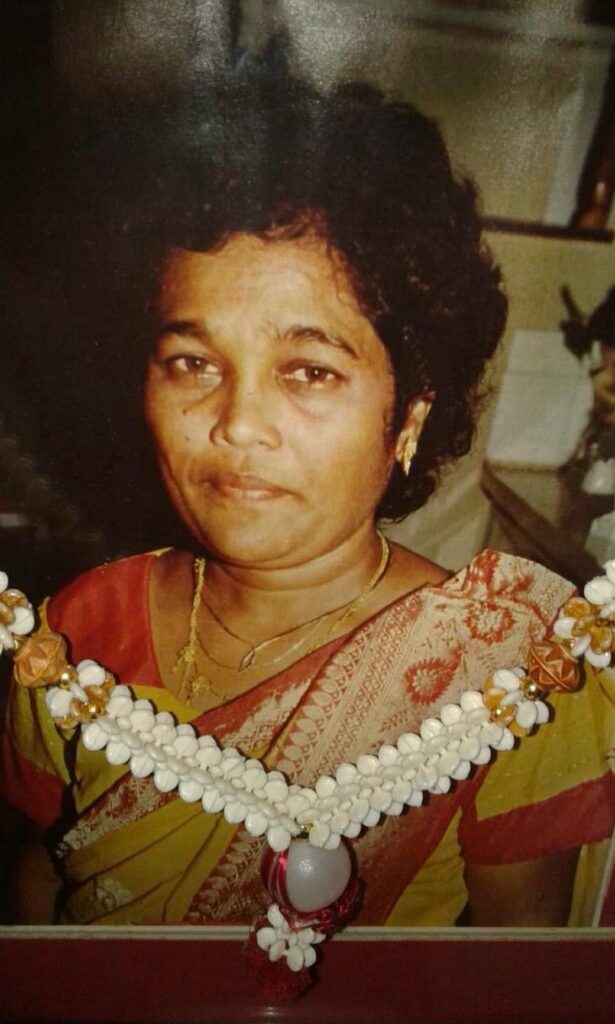
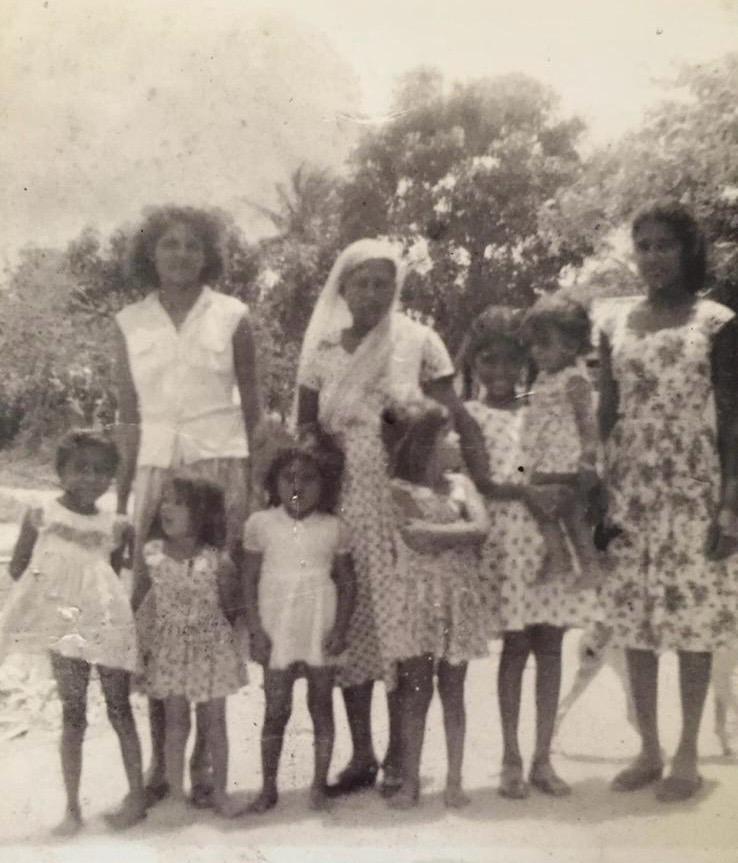
My involvement with this project stems from my first visit to India in 2015. I had a very strong connection to the land of my ancestors. It was from there I decided that I wanted to trace my ancestry. I managed to acquire the immigration documents of the ancestors from the Trinidad and Tobago archive which helped me to learn more about my family’s history.
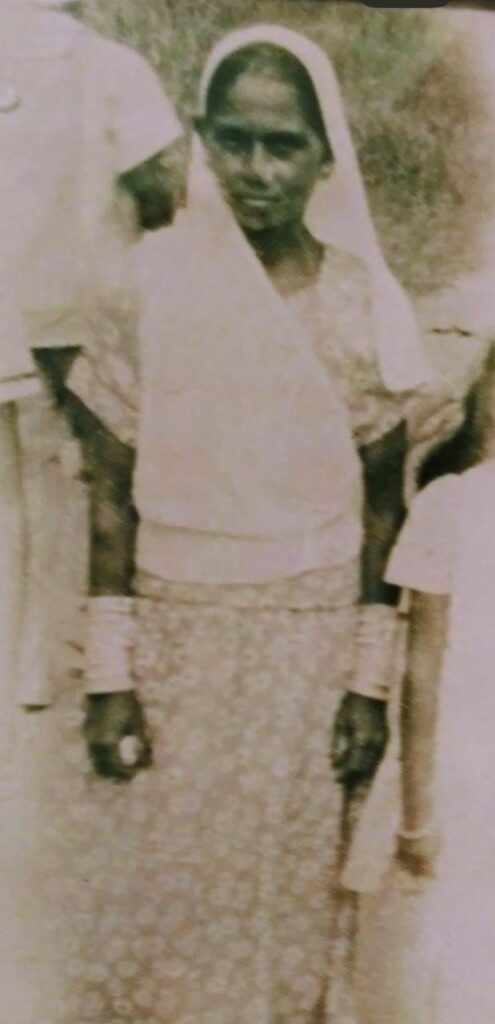
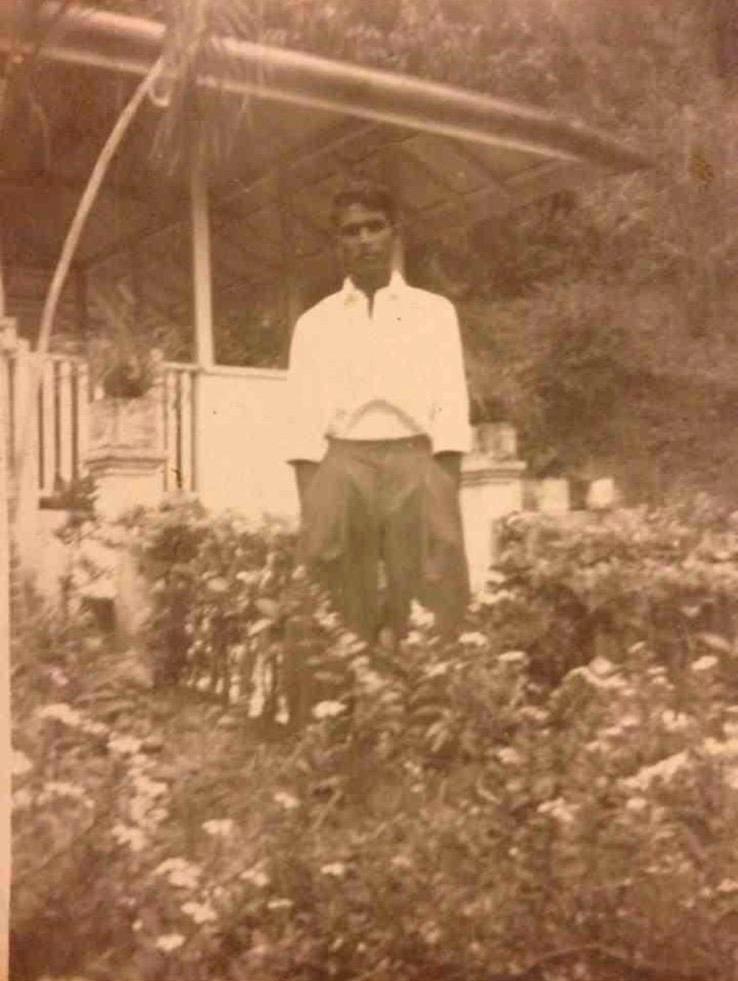
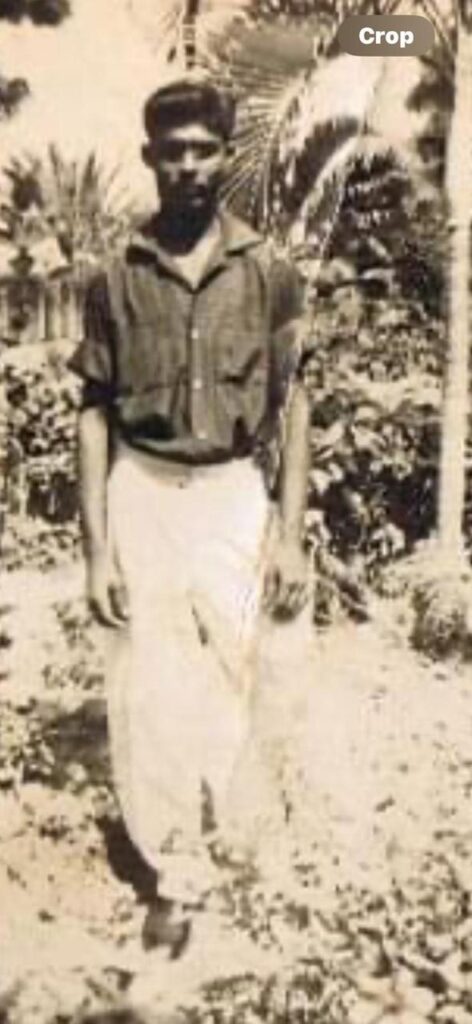
Like many Indians, my ancestor’s Journey to Trinidad was not a simple one. From the village of Taraon in Jaunpur district, Uttar Pradesh, India, a young couple embarked on a transformative journey in 1901. Gangadeen, a 27 year old man from the AHIR milk farming caste, and his 23 year old wife Montorani, registered at the Buxar sub-depot on July 19, 1901. Alongside them was Dasrania, a 23 year old woman of the Rajput Caste from Raghonathpur in Shahabad district, Bihar. After registration, the trio travelled to Calcutta, where they underwent medical examinations and consented to emigrate. On August 20, 1901, they boared the Virawa, the first steamship carrying the indenture Indians to Trinidad, ultimately arriving on October 17, 1901. Their stories reflect the poignant narrative of individuals who embarked on the historic Indenture journey from India to Trinidad.

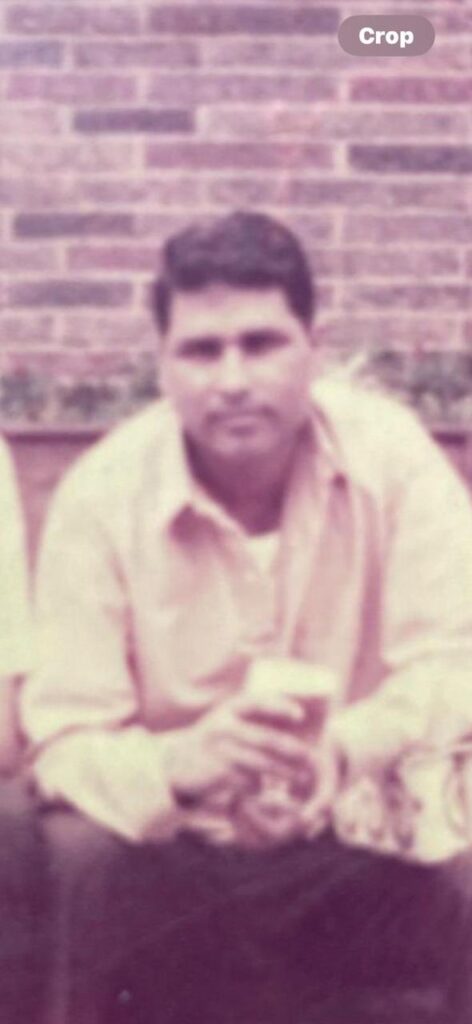
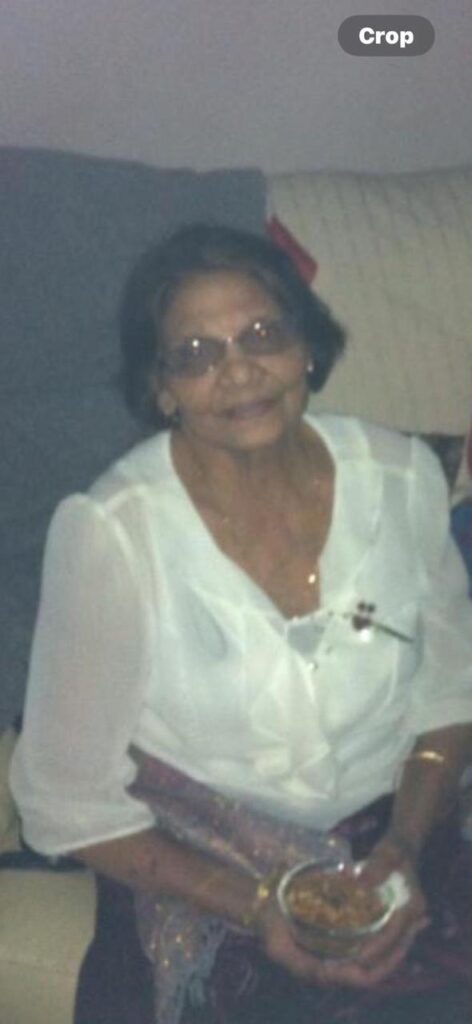
Upon their arrival at Trinidad’s Nelson Island Immigration depot, Gangadeen and Dasrania were selected to work at the orange Grove estate as indentured labours. Sadly, Montorani did not survive the journey. Our family records state that Gangadeen later married Dasrania, and they had a son named Sookraj Gangadeen, my grandfather. Sookraj’s son, my father, Sonnylal Gangadeen went on to marry my mother, Rosie Gangadeen.
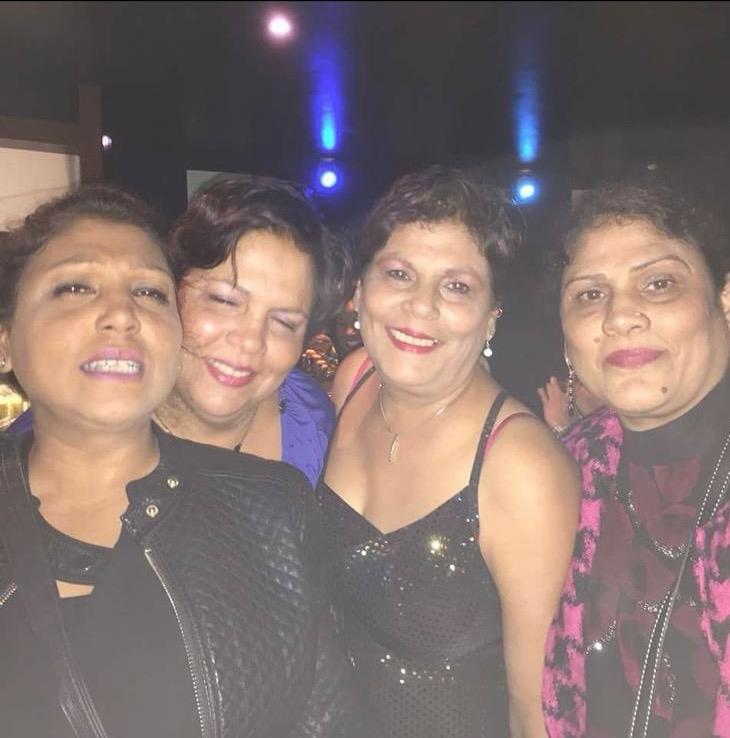
My mother’s father came directly from India. My grandfather, Hajarie, hailing from the village of Hinrohpattu in the district of Damoh, Madhya Pradesh, India, embarked on the significant journey at the age of twenty two. He belonged to the learned Brahman Caste, with his father being pooran and his wife, Parowtia, remaining in their village. On August 29, 1902, Hajarie registered at the Nagpur sub-depot, underwent medical examinations in Calcutta, and consented to emigrate. Boarding the AVON sailing ship on September 1, 1902, he set sail for Trinidad, arriving on January 12, 1903. Hazarie was then selected to work on the Camden estate in central Trinidad. He then married my grandmother DOOKIE RAMRATTAN and had my mother Rosie.
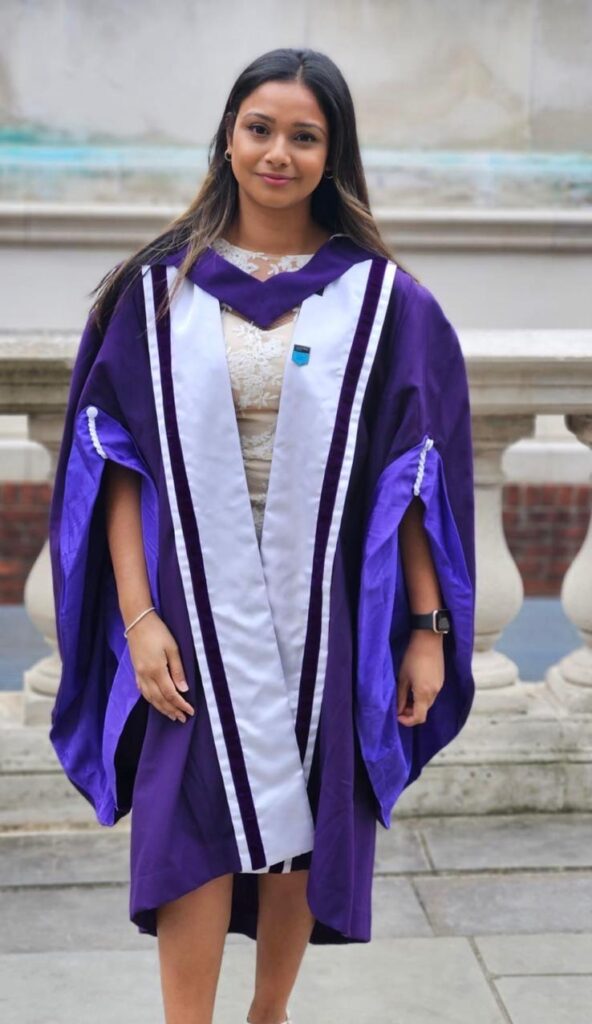

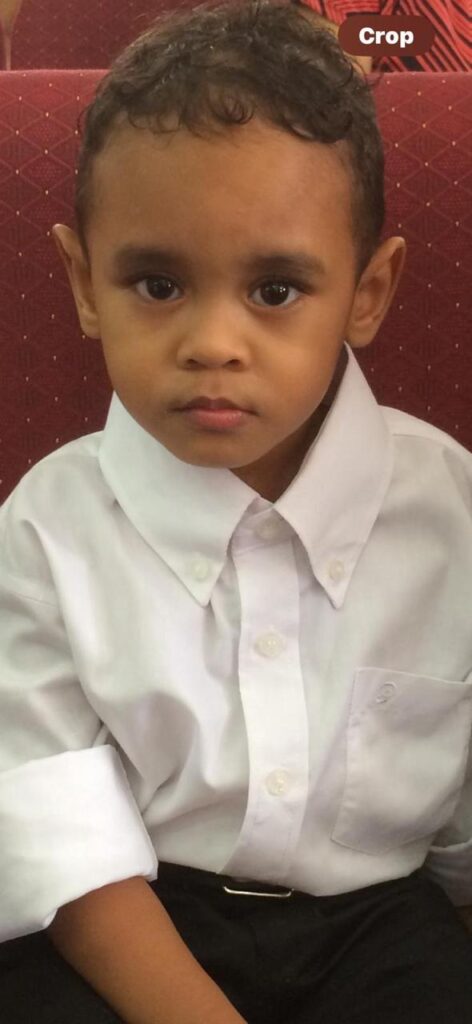
In the late 1960 my father made the decision to emigrate to UK and eventually as a family we joined him. Whilst I had many fond memories of growing up in Trinidad, I spent most of my formative years growing up 1970’s London. I still reside in London today along with my three children and three grandchildren. I have had a wonderful and full life but I had always longed to visit my ancestral homeland. After researching my family history, I felt compelled to visit the villages of my ancestors in 2023, but unfortunately I did not feel a connection to the villages living there today. I am hoping to continue my search and learn more about my family’s history.
